Operation Process of an Air Compressor
Operation Process of an Air Compressor
Air compressors are crucial devices in many industries, providing compressed air for various tools and equipment. Understanding the operation process of an air compressor helps ensure the efficiency and longevity of the system. Below is a detailed description of the operation process of a typical air compressor, including its main components and operational steps.
1. Basic Components of an Air Compressor
Main Components:
- Compression Element: Includes pistons or rotating vanes.
- Motor: Provides power to the compression element.
- Air Tank: Stores the compressed air.
- Inlet Valve: Allows air to enter the compressor.
- Discharge Valve: Allows compressed air to exit and enter the air tank.
- Air Filter: Removes impurities from the air before compression.
- Cooler: Reduces the temperature of the compressed air.
- Control System: Manages the operation of the compressor.
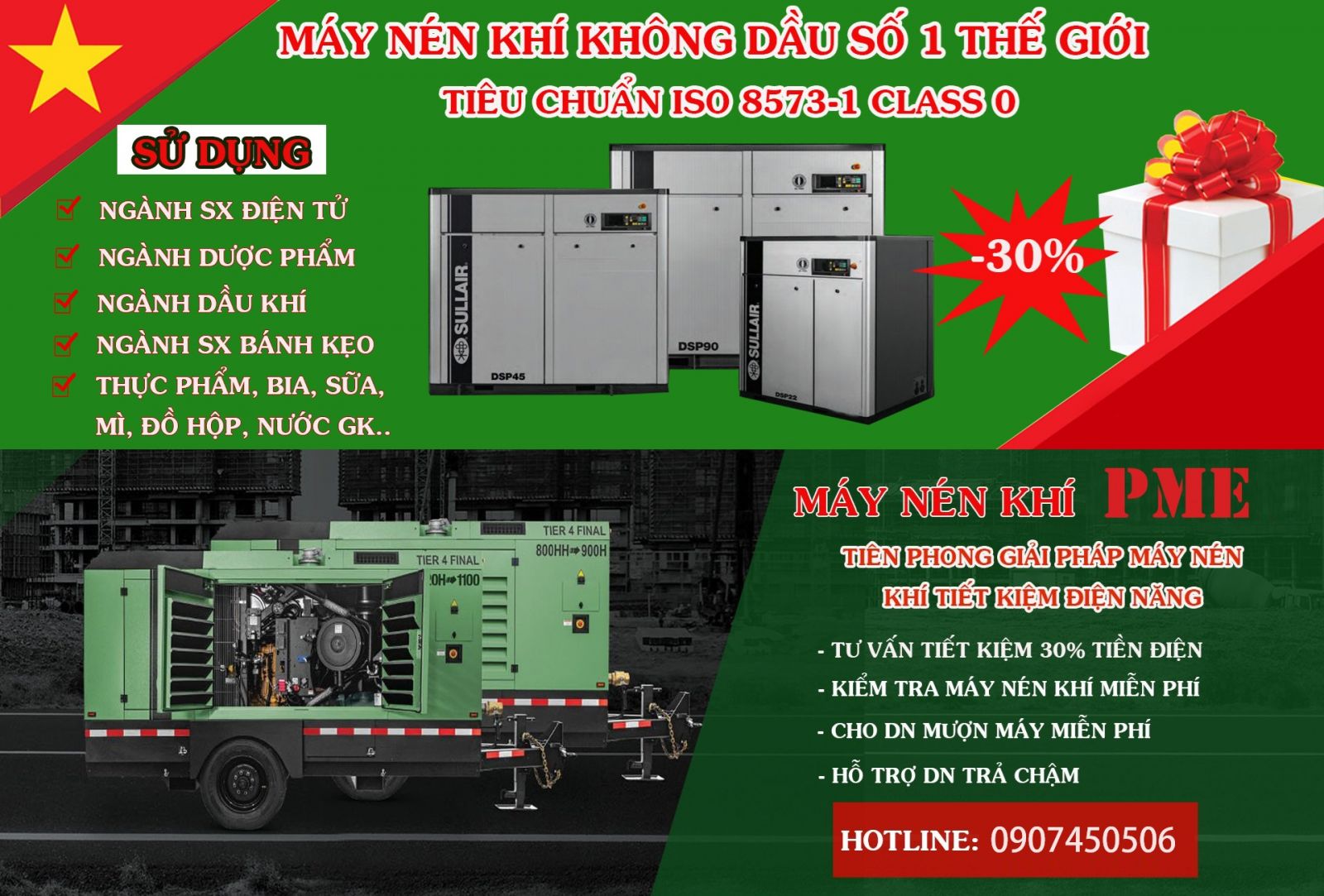
2. Operating Principle of an Air Compressor
Operation Process:
-
Air Intake (Suction):
- Opening the Inlet Valve: The inlet valve opens, allowing air from the external environment to enter the compressor.
- Air Filtration: The air passes through the air filter to remove dust and impurities before entering the compression chamber.
-
Compressing the Air (Compression):
- Motor Activation: The motor operates, providing power to the compression element.
- Compression Process: The compression element (piston or rotating vane) compresses the air, reducing its volume and increasing its pressure.
-
Discharging Compressed Air (Discharge):
- Opening the Discharge Valve: The discharge valve opens, allowing the compressed air to exit the compression chamber and enter the air tank.
- Cooling the Compressed Air: The compressed air may pass through a cooler to reduce its temperature before entering the air tank.
-
Storing and Distributing Compressed Air (Storage and Distribution):
- Storing in the Air Tank: The compressed air is stored in the air tank, ready for use.
- Distributing Compressed Air: From the air tank, compressed air is distributed through pipelines to the tools and equipment that need it.
-
Control and Regulation (Control and Regulation):
- Control System: The control system monitors the pressure and flow of compressed air, adjusting the compressor's operation to maintain stable pressure.
- Automatic On/Off: The compressor will automatically turn off when the desired pressure is reached and turn back on when the pressure drops.
3. Types of Air Compressors and Their Operating Principles
Reciprocating Compressor:
- Principle: Uses a piston moving up and down to compress the air.
- Applications: Pneumatic tools, workshop air systems.
Screw Compressor:
- Principle: Uses two rotating screws to compress the air.
- Applications: Industrial systems, manufacturing plants.
Centrifugal Compressor:
- Principle: Uses high-speed rotating impellers to compress the air.
- Applications: HVAC systems, industries requiring large air flow.
Rotary Vane Compressor:
- Principle: Uses a rotor with vanes to compress the air.
- Applications: Light industrial applications, air conditioning systems.
4. Advantages and Disadvantages of Air Compressors
Advantages:
- High Efficiency: Provides a large volume of compressed air.
- Versatility: Used in many different industrial applications.
- High Reliability: Durable and capable of continuous operation for extended periods.
Disadvantages:
- Initial Cost: High initial investment for quality compressors.
- Maintenance: Requires regular maintenance to ensure performance.
- Energy Consumption: Can consume significant energy, especially in large systems.
5. Applications of Air Compressors
Pneumatic Tools:
- Provides compressed air for tools such as jackhammers, drills, grinders, and other handheld tools in workshops and manufacturing.
HVAC Systems:
- Utilizes compressed air in HVAC systems (heating, ventilation, and air conditioning) to control temperature and air quality in buildings and industrial facilities.
Automotive Industry:
- Uses compressed air in the production processes of automobiles, from painting to assembling parts.
Food and Beverage Industry:
- Uses compressed air to operate packaging, filling, and processing equipment in the food and beverage industry.
Chemical and Pharmaceutical Industry:
- Uses compressed air in the production and packaging processes of chemicals and pharmaceuticals, ensuring safety and precision.
Oil and Gas Industry:
- Uses air compressors to transport natural gas and other gases, as well as in extraction and processing operations.
Construction Industry:
- Provides compressed air for construction equipment such as drills, compactors, and other construction tools.
Conclusion
Understanding the operation process of an air compressor is crucial to maintaining efficiency and reliability in industrial applications. By mastering how air compressors work, operators can ensure optimal performance, minimize downtime, and extend the lifespan of these essential components in industrial systems. Air compressors are not only essential tools in many industries but also play a vital role in enhancing efficiency and productivity.
Summary of Operation Process:
- Air Intake: Air is drawn in through the inlet valve and filtered through the air filter.
- Compressing the Air: The motor powers the compression element to compress the air, reducing its volume and increasing its pressure.
- Discharging Compressed Air: The compressed air is released through the discharge valve and may be cooled before entering the air tank.
- Storing and Distributing Compressed Air: The compressed air is stored in the air tank and distributed to various equipment and tools.
- Control and Regulation: The control system monitors and adjusts the pressure and flow of the compressed air to ensure stable and efficient operation.
The diverse applications of air compressors, from pneumatic tools, HVAC systems, to the automotive and construction industries, demonstrate the essential role of this equipment in improving the efficiency and productivity of various industrial sectors.
Related News
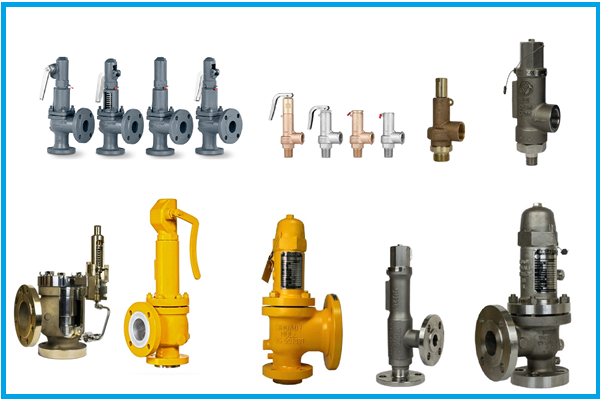
Benefits and uses of safety valves
05/11/2025
Safety valves are essential devices in industrial systems, designed to protect equipment and ensure operator safety. Below is a detailed analysis of the benefits and applications of safety valves.
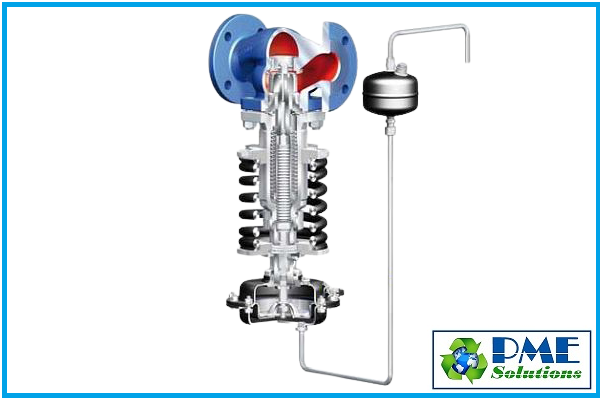
Benefits, Functions, and Applications of Pressure Reducing Valves
05/11/2025
Pressure reducing valves, also known as pressure regulating valves, are critical devices in industrial piping systems that help control and maintain safe pressure levels, protecting equipment from damage due to overpressure. Below is a detailed analysis of the benefits, functions, and applications of pressure reducing valves.
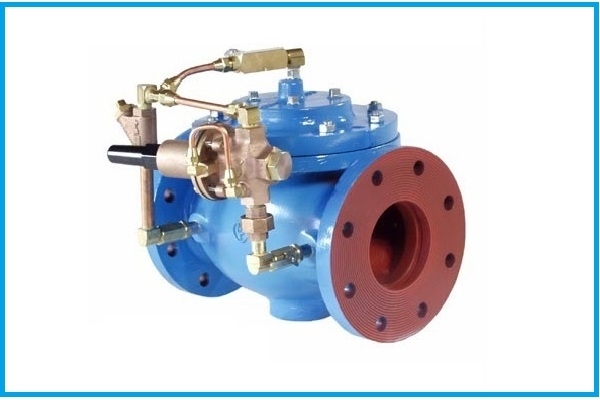
What is a pressure reducing valve? Structure, Operating Principle, Adjustment and Classification of Pressure Reducing Valves.
05/11/2025
Pressure Reducing Valve is also known as pressure regulator, pressure stabilizer, pressure regulating valve, etc. It is a type of industrial valve installed on the pipeline, with the function of reducing pressure and stabilizing output pressure, so that the output pressure is always smaller than the input pressure of the system, helping fluids to be easily transmitted to different devices. but the pressure is not too different.
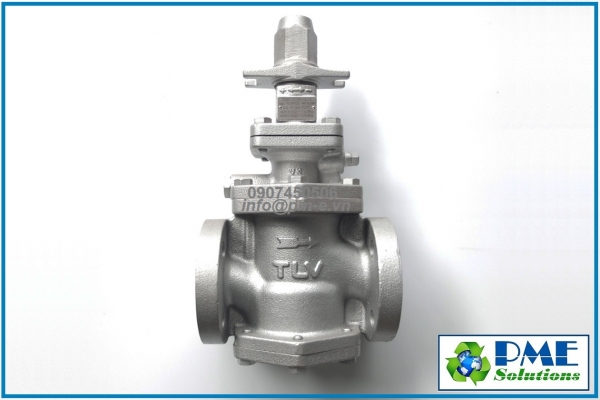
Overview Of Pressure Reducing Valve (Prv)
05/11/2025
A Pressure Reducing Valve (PRV) is a device used to regulate and maintain a constant downstream pressure by reducing high inlet pressure to a safe and stable level. It plays an essential role in protecting piping systems, equipment, and ensuring operational safety from overpressure. PRVs are widely applied in: Steam systems Compressed air systems Water distribution systems Hydraulic and industrial process systems
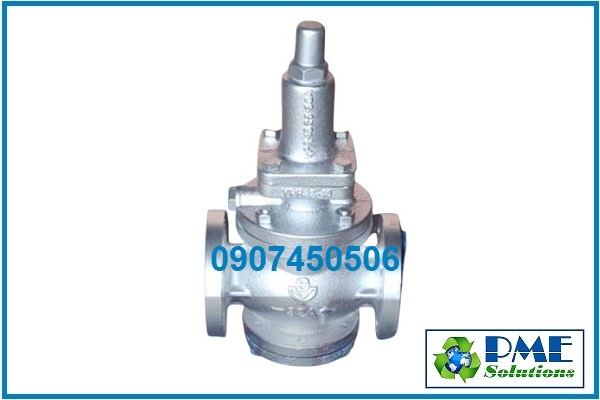
WORKING PRINCIPLE OF SAMYANG PRESSURE REDUCING VALVE
05/11/2025
Samyang pressure reducing valve is an automatic pressure control device widely used in steam, air, water, and hydraulic systems. Manufactured in Korea, Samyang valves are designed to stabilize outlet pressure, protect equipment, and extend the lifespan of piping systems.









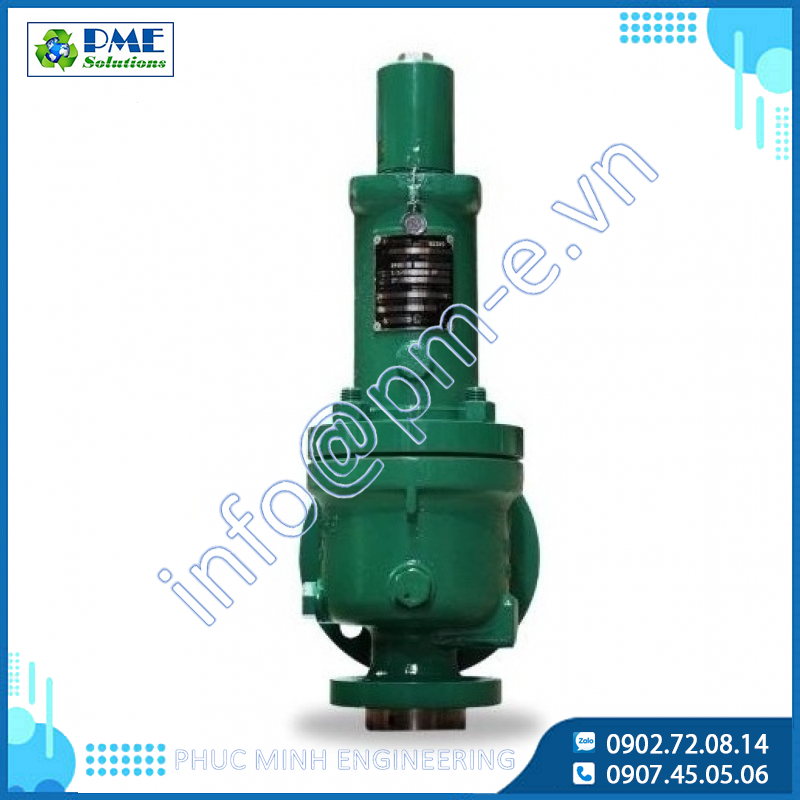
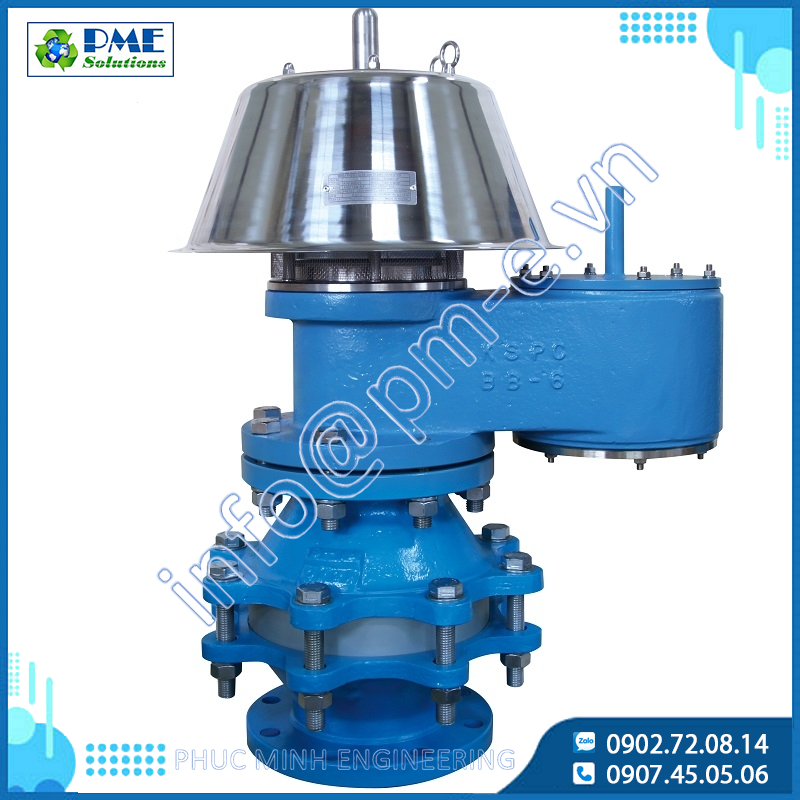
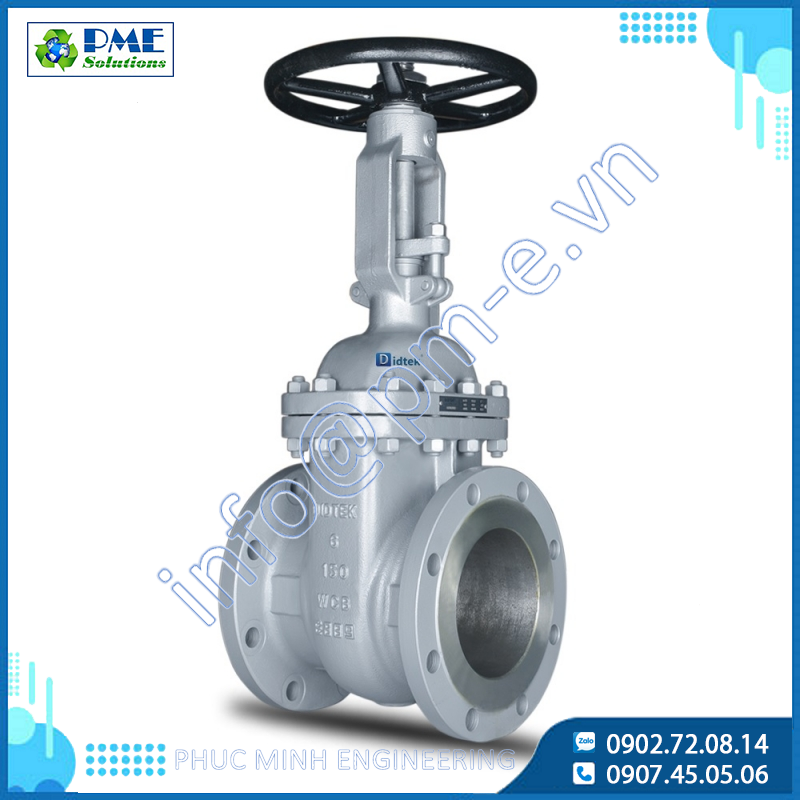
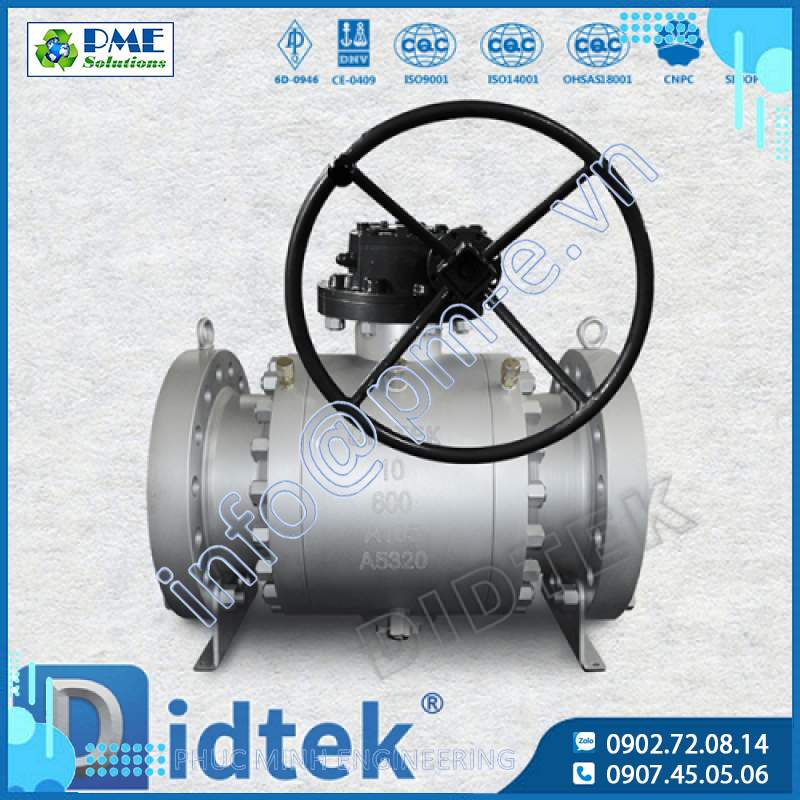
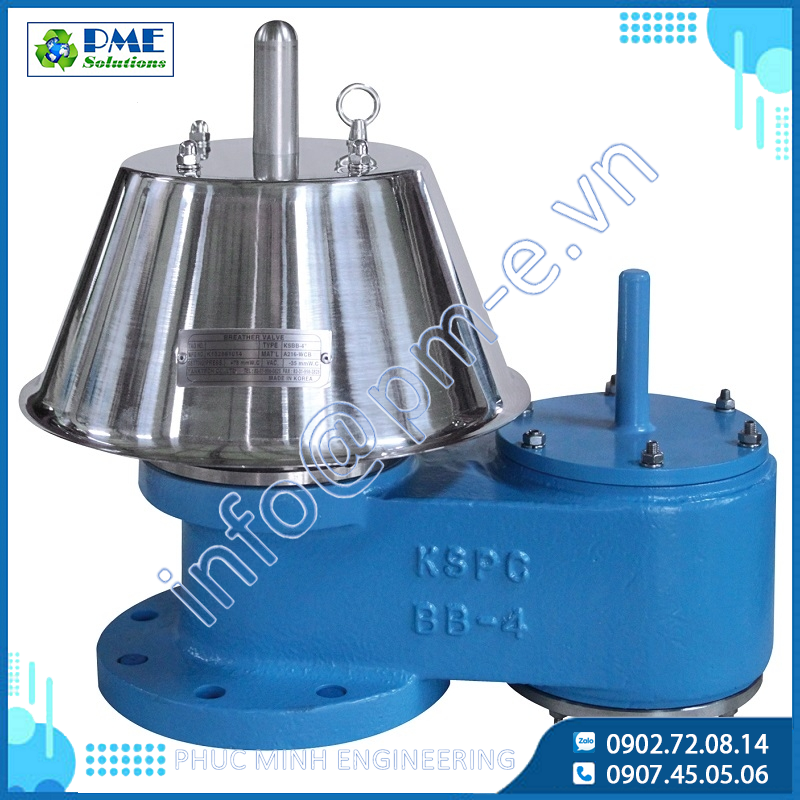


.png)






